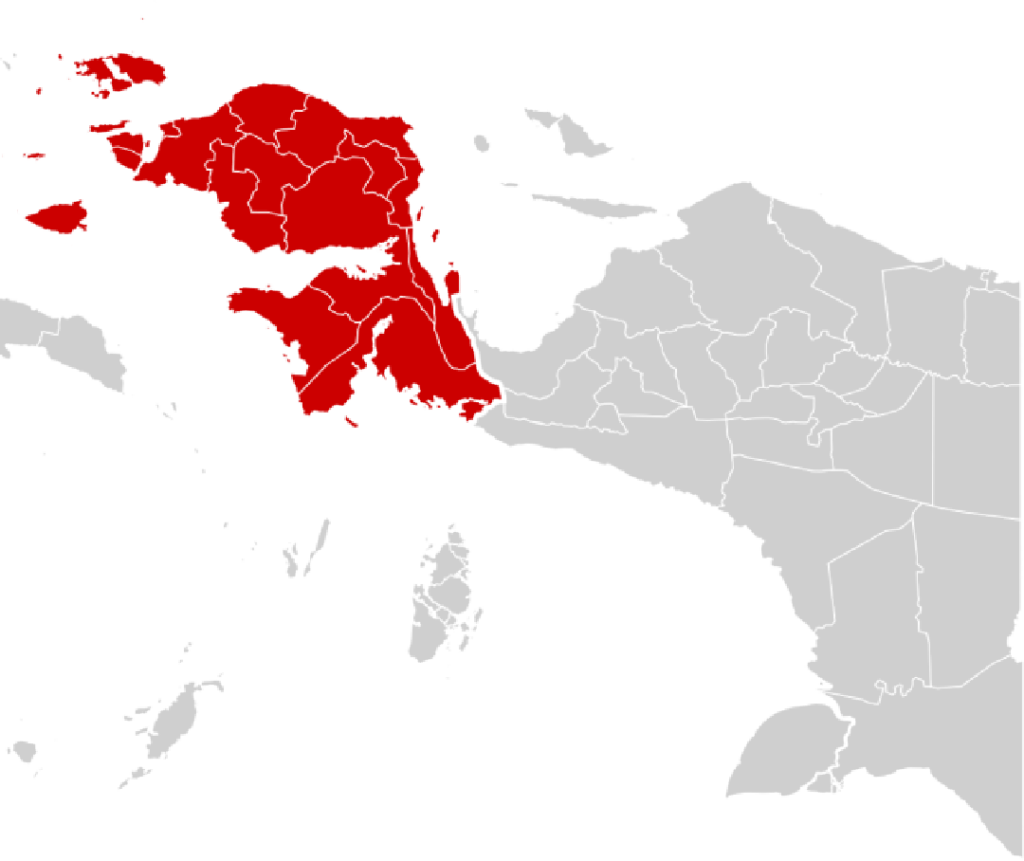Papua and West Papua, two provinces in Indonesia located on the equator, have great potential in the use of solar energy. PT Perusahaan Listrik Negara (PLN) has claimed that the electrification ratio in the region has reached 95.62 percent, with 38,000 customers. By 2020, the Government is also targeting an increase in solar-based generation to 231.9 MW.
Using solar energy as an alternative to electrifying areas that are difficult to reach by land transportation is one of the effective strategies to increase the electrification ratio in Papua and West Papua. For example, PLN has successfully electrified 807 villages in the region with an investment of Rp2.03 trillion.
PLN has also expanded the existing electricity network and used hybrid diesel power plants with existing engines. In addition, 32 villages will use Solar Power Plants (PLTS), while 285 villages will utilize solar electricity through Electric Energy Charging Stations (SPEL) and Electric Power Distribution Devices (Apdal).
The use of solar panels in Papua and West Papua not only helps increase the electrification ratio but also supports environmental sustainability. As an environmentally friendly energy, using solar panels allows Indonesia to reduce dependence on fossil energy as a primary energy source.
By 2020, the Government is also targeting an increase in solar-based generation to 231.9 MW. This shows that the use of solar panels in Papua and West Papua still has the potential to be further expanded and promoted.
In recent years, renewable energy power generation capacity has increased from 90 MW in 2015 to 106 MW in December 2019. This is accompanied by competitive pricing, which eases the reach of people’s purchasing power.
The use of solar panels in Papua has many benefits, including:
- Increasing the electrification ratio: The use of solar panels in Papua and West Papua helped increase the electrification ratio in the region. From 2016 to 2020, PLN successfully electrified 807 villages in Papua and West Papua, accompanied by an investment of Rp2.03 trillion.
- Reducing dependence on fossil fuels: The use of solar panels as an environmentally friendly source of electricity enables Indonesia to reduce its dependence on fossil fuels as a primary energy source.
- Reduced operating costs: Solar energy comes from the sun, so electricity bills will be drastically reduced. Solar pump systems do not have large operating costs, as they are powered naturally by the sun.
- Easy maintenance: Mobile water pump systems, such as water pump systems that can move to different locations, are easier to maintain than other pump power sources.
- Enhances development: The use of solar panels in Jayapura City, the capital of Papua Province, is helping to boost development, both in tourism and the economy.
- Supporting environmental sustainability: Using solar panels as an alternative to electrifying areas that are difficult to reach by land transportation is one of the effective strategies to increase the electrification ratio in Papua and West Papua, and support environmental sustainability.
The use of solar panels in Papua and West Papua is an important step in achieving the energy mix target of 23% renewable energy by 2025. With more solar panels, the electrification ratio in the region will be easier to reach 100%.


